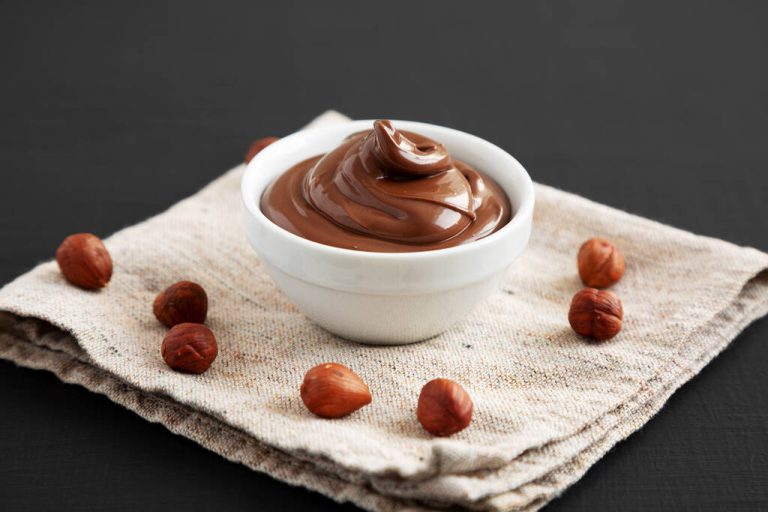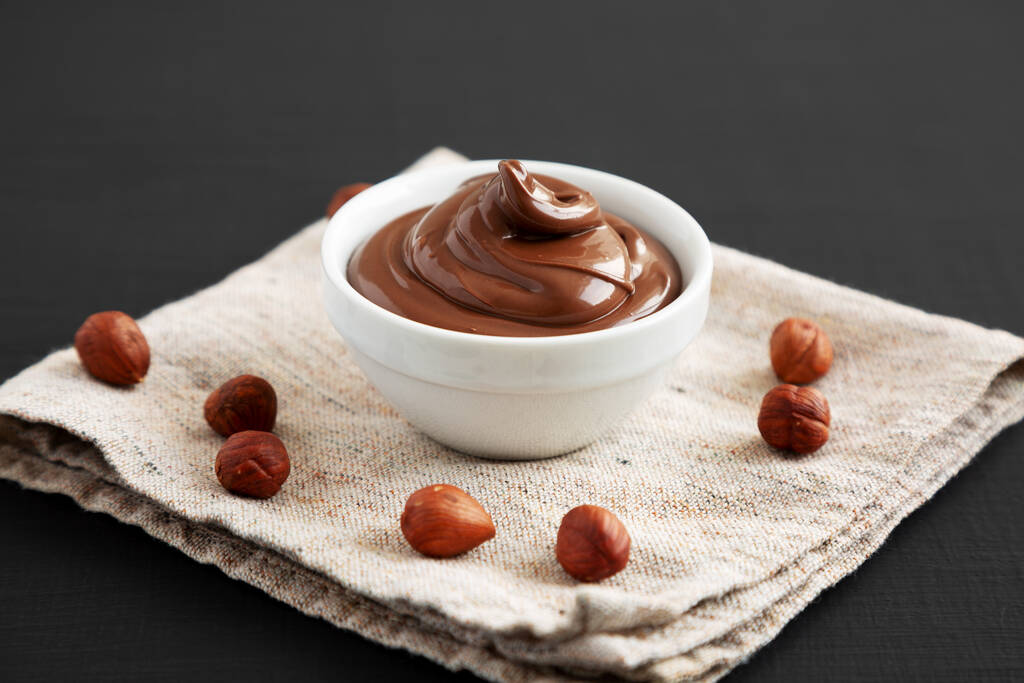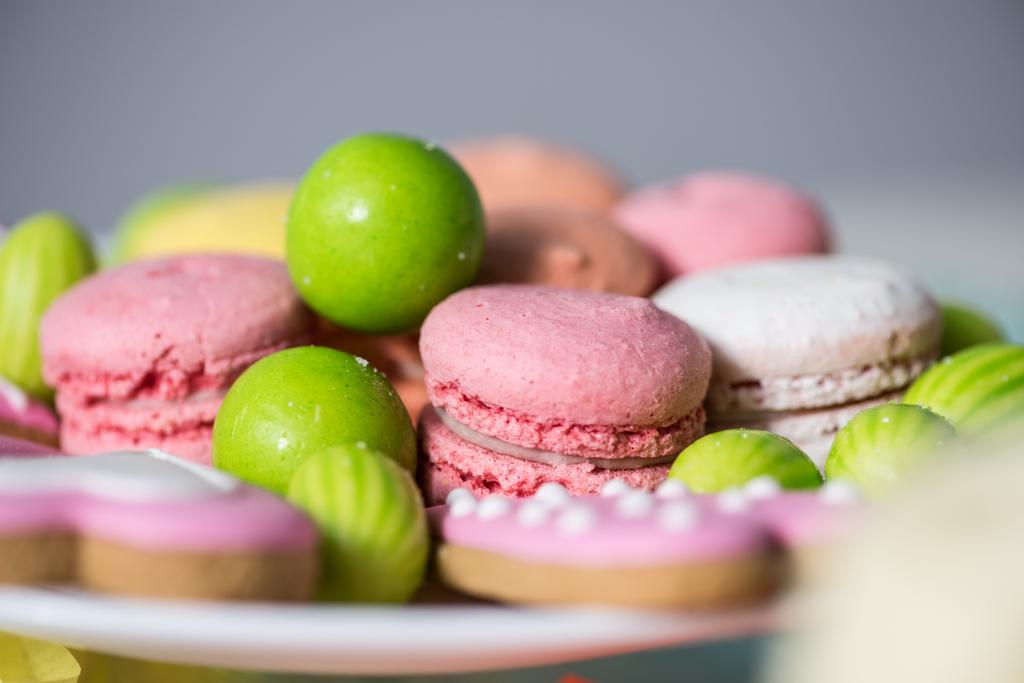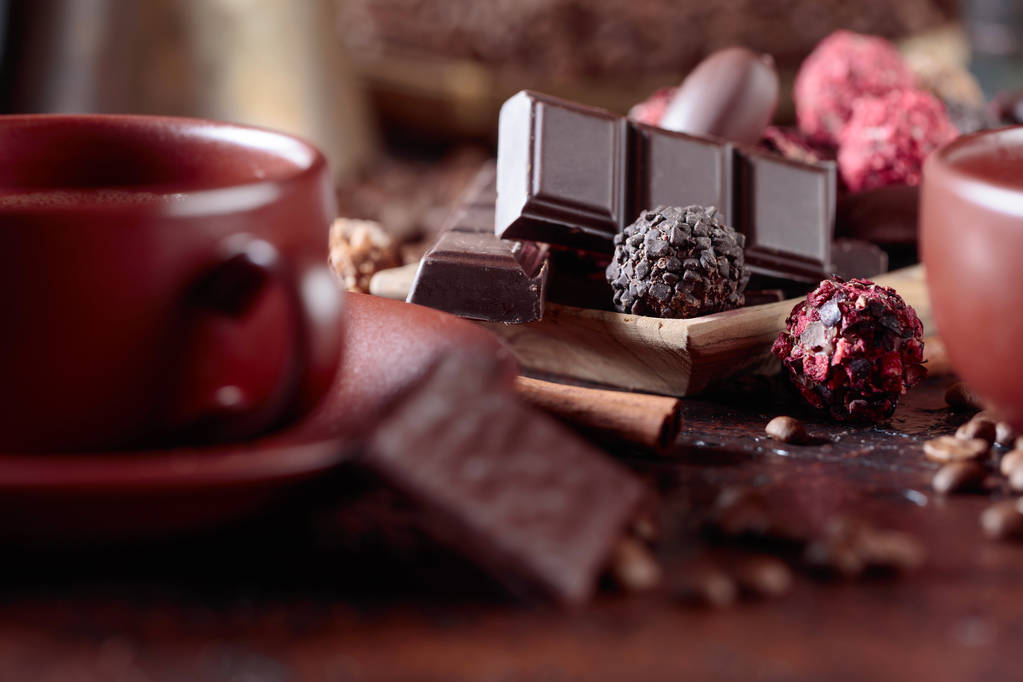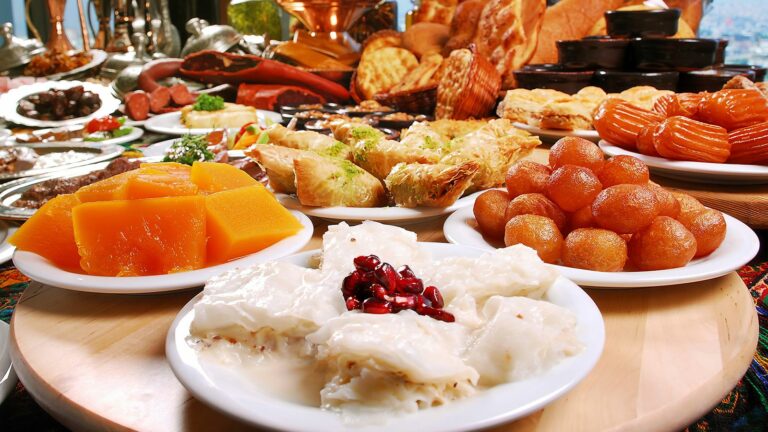The Sweet Side of Afghanistan:
Afghanistan is a country that is usually associated with war, violence, and political instability. However, there is a sweet side to Afghanistan that often goes unnoticed and unexplored. The country has a rich culinary tradition that includes a variety of sweet dishes and desserts. Afghan sweets are not only delicious but also reflect the country’s cultural diversity and history.
Traditional Afghan Desserts and Sweets:
Afghanistan has a long history of producing sweets and desserts. Some of the popular Afghan desserts include Firnee, Jalebi, Sheer Yakh, and Kheer. Firnee is a creamy dessert made with milk, sugar, and cornstarch. Jalebi is a deep-fried sweet that is soaked in sugar syrup. Sheer Yakh is a frozen dessert made with milk, sugar, and cardamom. Kheer is a rice-based sweet dish that is flavored with saffron, cardamom, and rose water. Afghan desserts are often made with nuts, dry fruits, saffron, and other aromatic spices which give them a unique flavor and aroma.
Afghan Cuisine and Sweet Culture:
Afghan cuisine is a fusion of Indian, Persian, and Central Asian flavors. The country’s food culture is heavily influenced by its geography, history, and religion. Afghanistan is a predominantly Muslim country, and as such, the use of alcohol in cooking is prohibited. This has led to the development of a rich tradition of non-alcoholic beverages and sweet dishes. Afghan sweets are usually served during religious festivals, weddings, and other special occasions. They are also an essential part of hospitality culture in Afghanistan.
Indulging in Afghan Sweets: A Sweet Adventure:
Indulging in Afghan sweets is a sweet adventure that every food lover should experience. Afghan sweets are not only delicious but also visually appealing. The use of bright colors, intricate patterns, and unique shapes makes them a feast for the eyes. Afghan sweets are available in traditional sweet shops, local bazaars, and restaurants. The best way to experience Afghan sweets is to visit a local sweet shop and try out a variety of sweets and desserts.
Peshawari Ice Cream: A Unique Afghan Delight:
Peshawari Ice Cream is a unique Afghan delight that is popular in Afghanistan and Pakistan. It is a combination of fresh cream, pistachios, and rose water. Peshawari Ice Cream is served in a traditional clay pot and topped with rose petals and chopped nuts. The combination of creamy texture and floral aroma makes it a perfect summer dessert.
Firnee: A Creamy Afghan Dessert:
Firnee is a creamy Afghan dessert that is often served during religious festivals and special occasions. It is made with milk, sugar, and cornstarch and flavored with cardamom and rose water. Firnee is usually served chilled and topped with pistachios or almonds. It has a smooth and creamy texture and a delicate aroma that makes it a favorite among dessert lovers.
Jalebi: A Popular Afghan Sweet:
Jalebi is a popular Afghan sweet that is made by deep-frying a wheat flour batter and then soaking it in sugar syrup. Jalebi is usually served hot and has a crispy texture on the outside and a soft and juicy texture on the inside. It is often served during breakfast or as an evening snack. Jalebi is also popular in India, Pakistan, and other South Asian countries.
Qaimaq: The Creamy Afghan Topping for Desserts:
Qaimaq is a creamy Afghan topping that is used to enhance the flavor and texture of desserts. It is made by boiling milk and then removing the cream layer that forms on top. The cream is then mixed with sugar and cardamom and whipped till it becomes light and fluffy. Qaimaq is usually served with Firnee, Sheer Yakh, and other creamy desserts. It has a rich and creamy texture and a sweet and aromatic flavor that makes it a perfect topping for desserts.






